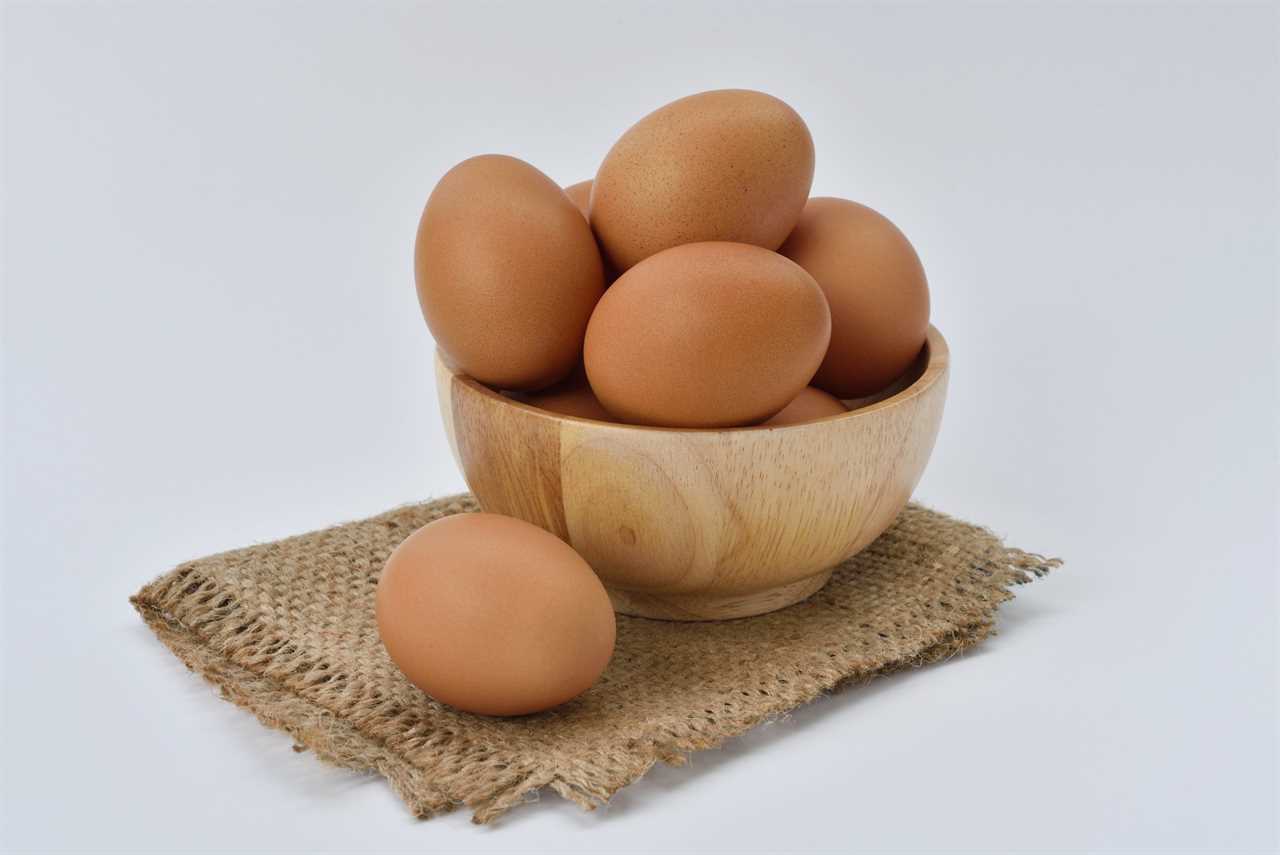Did you know that not all the nutrients you eat can be absorbed? Even if they are absorbed, they still might not be used by your body.
Really?
Yes! Just because a food is high in nutrients, it doesn’t mean your body can use those nutrients. Nutritious food means nothing if nutrients aren’t bioavailable.
Bioavailability refers to the proportion of nutrients that are absorbed and utilized in the body.
If you looked up a food in a nutrition database, and it says it has a certain amount of a vitamin, that number tells you what is in that food. It’s not what you can get from that food.

cooking carrots makes beta-carotene more bioavailable
For example, foods rich in beta carotene typically have anywhere between 5-65% absorption (1). One cup (128 grams) of carrots contains about 6.5 grams of beta-carotene. Bioavailability differs significantly if the food is eaten raw or cooked. According to one study, carrots that are raw have 11% beta carotene bioavailability, while stir-fried carrots have 75% (2). That means that of the 6.5 grams available, you could get anywhere between 0.7 grams and 4.9 grams. And these numbers don’t take into account conversion in the human body. Your body can’t use beta carotene, but has to convert it.
As you can see, it’s not as simple as just choosing foods high in nutrients.
Eating foods that have bioavailable nutrients, means that you will get the most nutrition possible from each mouthful of food you eat. For a food to be truly nutrient-dense, the vitamins, minerals, protein, and healthy fats need to be available to your body (otherwise you are just pooping them out).
How Do I Know If The Food I’m Eating Is Bioavailable?
Here are some questions you ask:

minerals won’t be bioavailable in this dish
1. Is the nutrient bound? Certain compounds in foods can bind to nutrients making them hard to absorb.
Phytic acid (phytates): binds to minerals
Found in: beans & lentils, grains, pseudograins (like quinoa, millet etc.), nuts & seeds, coffee, chocolate
What this means: minerals can’t be absorbed well from these foods
Oxalates: binds to minerals
Found in: leafy greens, beets, rhubarb, beans & lentils, grains, pseudograins (like quinoa, millet etc.), nuts & seeds, tubers (like potato, sweet potato etc.), chocolate
What this means: minerals can’t be absorbed well from these foods
2. Can the nutrient be digested? There are substances the prevent digestion of protein.
Digestive enzyme inhibitors: inhibit protein digestion
Found in: dairy, grains, legumes
What this means: protein can’t be digested well from these foods
3. Can nutrients be absorbed? (or are you pooping them out?)
The Digestible Indispensable Amino Acid Score (DIAAS) is one of the best measures we have that reflects bioavailability of protein. This score looks at ileal digestibility, which measures the amount of amino acids that aren’t absorbed. Researchers compare amounts consumed to the amount recovered from the ileum (the last section of the small intestine where the most nutrients are absorbed). The final measurement reveals how much protein has been absorbed.
The ileal measurement is significant and is different than the protein you poop out. The ileum measurement is more accurate than a fecal measurement because you only absorb protein in the small intestine (which the ileum is part of). After that, microbes in the large intestine can metabolize the protein lowering the protein content.

eggs contain bioavailable protein
A review of the DIAAS research literature shows that pork, whole milk, eggs, and whey are consistently highly available whereas corn, rice, wheat, hemp, fava beans, and oats are consistently low (3).
Animal sources of protein have consistently higher bioavailability than plant-based proteins. This means that vegans or vegetarians need to consume more protein to absorb the desired amount.
4. Can the body use the nutrient?
Some nutrients such as beta-carotene, B vitamins, vitamin D, and plant-based omega-3s need to be converted in the body to a useable form.
For example, beta-carotene needs to be converted to retinol and B vitamins need to be converted to active forms.
To get vitamin D, sunlight is metabolized and goes through conversions in the liver and kidneys (4). There are some food sources as well, though meta-analysis reveals that D3 is more effective than D2 for raising blood levels in adults (5). D3 is found in animal foods such as fish liver oil, egg yolks, liver, cheese, butter and fatty fish like salmon, herring, and sardines.

fish has converted forms of omega-3 (EPA/DHA)
Plant-based omega-3s (alpha-linolenic acid/ALA) need to be converted into EPA and DHA. ALA found in walnuts, and seeds such as hemp, flax, and chia, get converted to EPA and DHA. This conversion rate is inefficient (6)(7). DHA is essential for brain development throughout childhood, as well as brain health in adults (8). It is also important for vision (9). EPA has benefits for cardiovascular health (10). Good sources of EPA and DHA include seafood, algae, grass-fed meat and dairy and pastured eggs. For vegans or vegetarians who want to increase their DHA and EPA, an algae supplement is a good option.
Steps To Take to Maximize Bioavailability
1. Soak grains, beans, nuts, and seeds. I advocate for a paleo or ancestral diet that doesn’t include grains or beans. They aren’t nutrient dense, meaning there is little vitamin, mineral and phytonutrient value, especially when you consider protein bioavailability. Having said that, if you do consume them, use traditional preparation methods such as long soak times, which will reduce the phytic acid and enzyme inhibitors (11) to make the nutrients more bioavailable.
2. Cook foods. Pressure cooking is a good way to reduce lectin and oxalate content.
3. Choose animal protein for protein that is easily digested and absorbed.
4. Eat meat and offal for preformed nutrients that don’t rely on inefficient conversion.
5. You may have genetic variations that make it difficult for you to convert B vitamins to their active forms. Talk to your integrative or functional doctor about the need for supplementation. Supplement with active forms that include:
a. methylcobalamin (B12),
b. 5-methyltetrahydrofolate (folate)
c. Pyridoxal-5’phosphate (B6)
d. Riboflavin-5’-phosphate (B2)
e. Benfothiamin (B1)
Make every mouthful count.
Which step will you start with?
Happy, Healthy Eating!
Tracey
-------------------------
By: Tracey Reed
Title: It Seems Nutritious, but Is It Really?
Sourced From: www.traceyreed.ca/blog/2022/8/30/it-seems-nutritious-but-is-it-really
Published Date: Wed, 31 Aug 2022 19:49:48 +0000
Did you miss our previous article...
https://biohackersnews.com/gut-health/world-mental-health-day-10-october-2023
.png)





